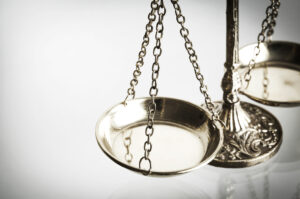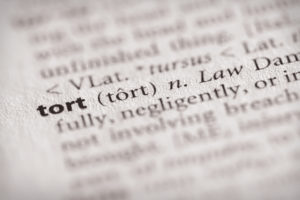For over thirty years, I have been handling cases in which the original traumatic injury evolves into CRPS/RSD. A clinical diagnosis is required which feature a variety of signs and symptoms. You do not have to have every symptom to have CRPS/RSD.
Complex regional pain syndrome/reflex sympathetic dystrophy (CRPS/RSD) is a form of chronic pain caused by neuropathic disease. Although it often appears after a traumatic injury or surgery, there is no one definitive diagnosis for CRPS/RSD.
So how does someone know if they have it?
According to the St. George News, there are two major factors associated with CRPS/RSD:
Hyperalgesia
Hyperalgesia is extreme sensitivity to something that is normally slightly painful for only a short period of time, like being pinched. Typically only causing slight and short-term discomfort, pinching someone with CRPS/RSD can provoke prolonged, intense pain. To those with hyperalgesia, something as minor as a paper cut can feel like being stabbed with a red-hot poker.
Increased sensitivity to pain can occur in damaged or undamaged tissue, but means that the brain is interpreting signals from the body that seem threatening. Sometimes those signals are amplified because of the superactivation of pain pathways, or because of the suppression of natural pain-relieving pathways in the body.
Allodynia
Allodynia is pain caused by something that would normally not be painful, like an item of clothing lightly brushing over bare skin. While this typically does not cause pain, CRPS/RSD patients might experience intense, burning pain in this situation, much like severe sunburn.
Allodynia arises from the brain, and stopping pain signals early may ward it off. Similarly, preventing pain from coming again can ward off chronic allodynia. Tested treatments are less effective with allodynia so medical experts advise treating allodynia before it occurs.
Symptoms of CRPS/RSD
The symptoms of CRPS/RSD are often out of proportion to the original injury, and may include sensitivity to the touch, abnormal hair and nail growth, swelling, temperature changes to the affected body part, color changes of the skin, weakness, decreased range of motion, and intense burning at the affected site.










Comments for this article are closed.